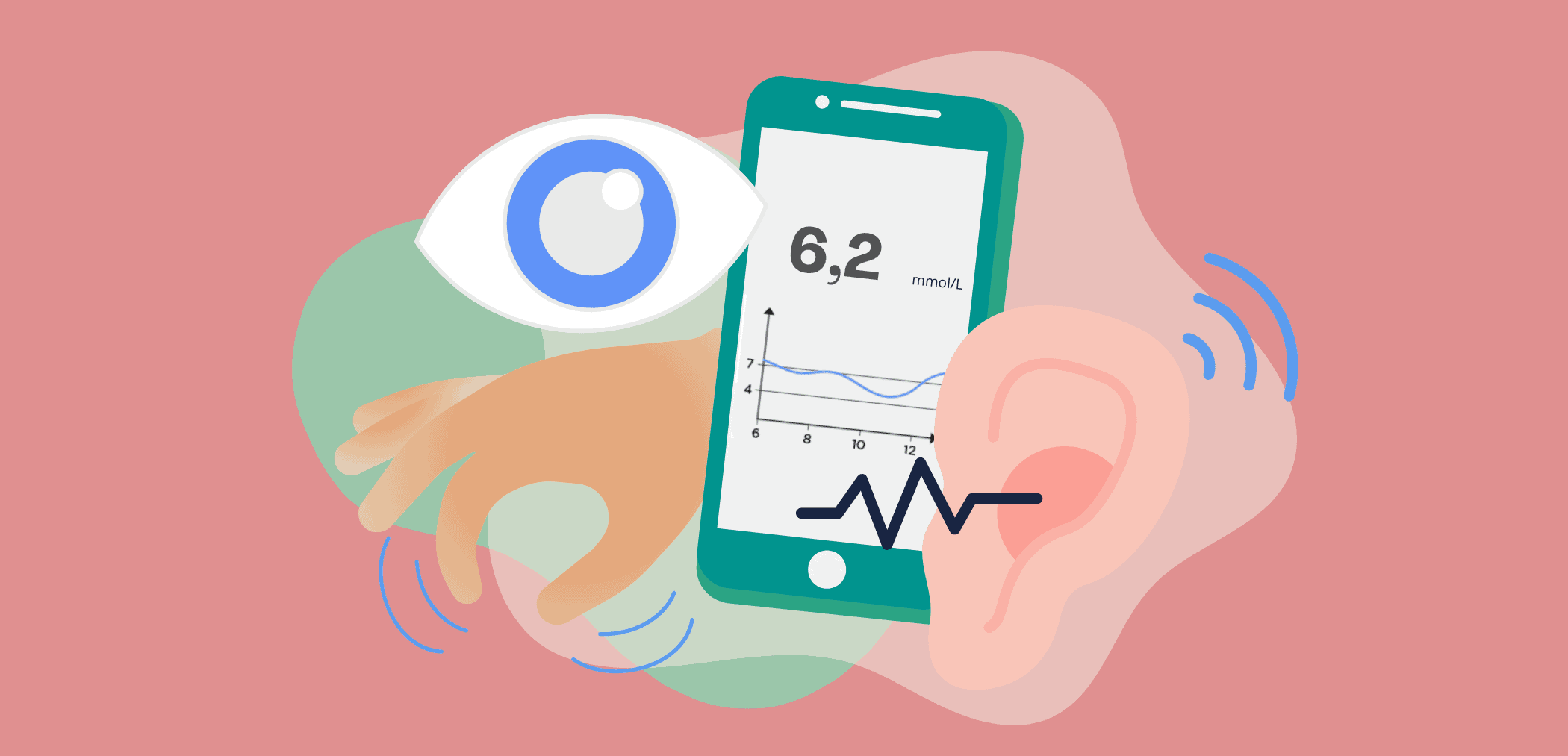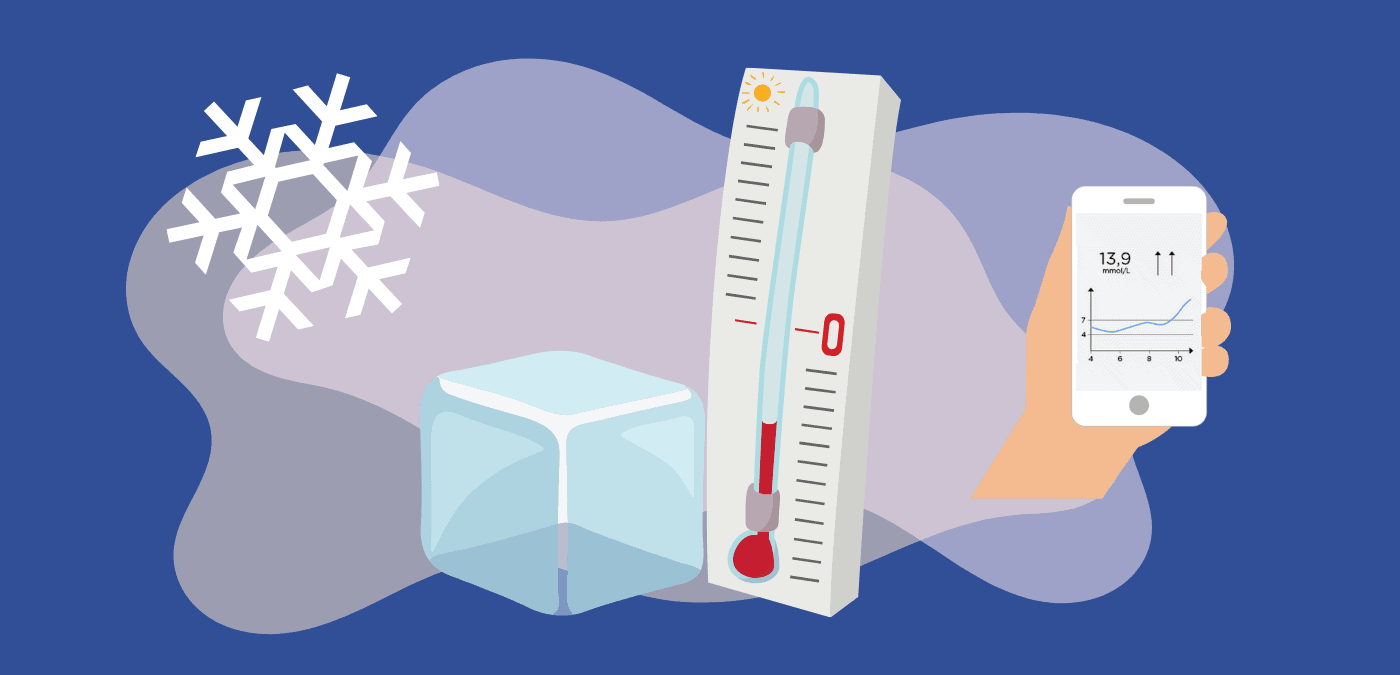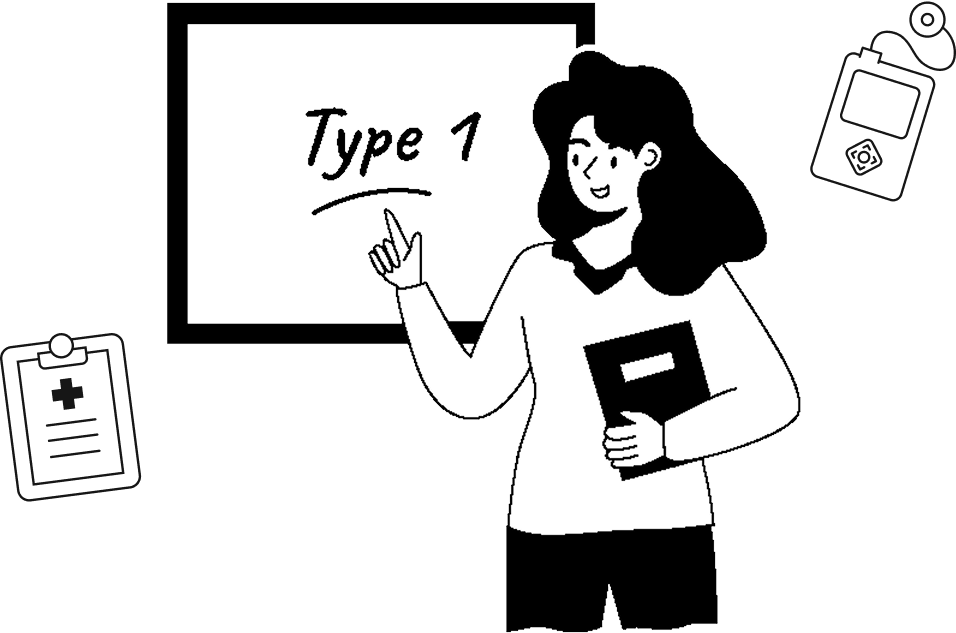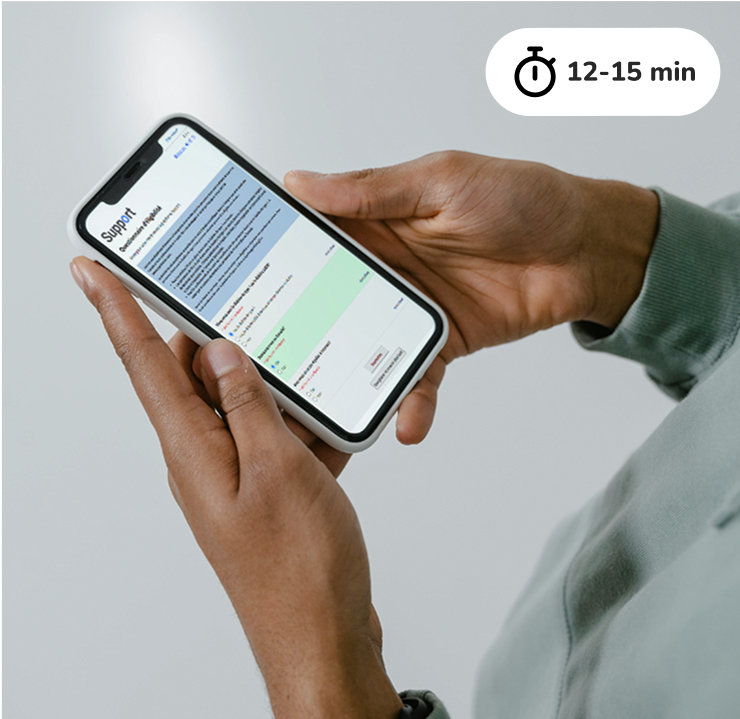People living with type 1 diabetes (T1D) are subject, just like everyone else, to have or develop physical limitations (e.g., hearing, vision or dexterity problems) or cognitive impairments (e.g., memory loss, attention deficit disorder, brain damage). These conditions can make it more difficult to handle or understand T1D treatment or management tools.
Fortunately, there’s an ever-increasing number of assisted living tools now available.
Here’s an overview of some interesting aids available in Canada.
Dexterity aids
If you have dexterity problems or loss of dexterity, items such as syringes, insulin vials or injection pens can be difficult to handle.
There are a number of devices designed to give you independence. Injection aids with insulin syringes (e.g., Inject-Ease, Autoject) allow you to do injections with just one hand. With some of them, you don’t even see the needle. Insulin vial caps (e.g., AmbiMedInc caps) are also available to help insert a syringe more easily.
If you or your child use an insulin pen and have difficulty pinching the skin with one hand and using the pen with the other, you might be interested into a device like TickleFlex. It works with a sort of suction cup that lifts the skin and stabilizes the insulin pen, ensuring a comfortable injection, fewer bruises and no need to see the needle.
The insulin pump manufacturer Tandem also offers exakt, a tool used to perfectly align the syringe with the very small filling port on the cartridge. This accessory is also helpful for the far-sighted or for children learning how to fill their Tandem t:slim x2 pump.


Vision aids
Do you have trouble reading fine print, such as the units on an insulin syringe, or reading your blood sugar level on your continuous glucose monitor (CGM) app? Let this be a thing of the past.
To better see the dosage marks on an insulin syringe, you can use a magnifying glass (e.g., Insul-eze) designed to be wrapped around the syringe to enlarge the characters, all while helping to secure the vial and syringe in place.
Users of the Dexcom G6 and G7 apps can ask Siri to read their blood sugar level, as long as they are using a compatible Apple device. Check the Dexcom website to see if this feature is available with your iPhone or Apple Watch operating system.
Text to speech is also available within the FreeStyle Libre 2 app. This feature is by default turned off in the app. To turn it on go to the FreeStyle LibreLink app settings menu, select the Text to Speech and turn it on. Note that the text to speech reads aloud only your glucose reading and your trend arrow when you scan your sensor or tap the glucose banner on the home screen.
There are also other mobile apps that convert written text to audio. Though they’re not specifically designed to read data from your insulin pump or alerts from your CGM, it’s still worth a try if you have impaired vision. Most cell phones (Apple or Android) also include a transcription setting which, when activated, converts part or all of the written text displayed on the screen to audio.
There are also talking capillary (fingertip) blood sugar meters (e.g., FORA MD) that can say your blood sugar level or data history out loud.
Some pumps also feature a simplified display using icons, for instance the Ypsomed’s YpsoPump, whose closed-loop system is expected to be available in 2025.
Hearing aids
People with hearing problems can set light notifications (with flashing screen or camera flash) in their cell phone’s settings, to use in conjunction with the Dexcom CGM app. This feature is available both on Android and Apple devices.
In some cases, light notifications can be set to activate whenever an alarm or audible alert is triggered. You can contact the manufacturer to find out how to adapt your pump to your needs.
If you’re a sound sleeper who just won’t wake up, or if you can’t hear CGM alerts throughout the night because of a hearing impairment, the SugarPixel alert system might be for you. This type of clock is compatible with several CGM apps. You can customize with a range of tones, as well as a vibrating disc to place under your pillow or sheet. The SugarPixel screen displays large, full-colour blood sugar readings from one or two sensors (which is handy in families where there are two children with T1D, for example).
Cognitive aids
Memory problems or cognitive decline don’t have to necessarily mean loss of autonomy. Here are some devices that might help you manage your T1D.
- The Magic mirror was created in Canada. With a little know-how—NightScout project or Magic Mirror builders, in particular)—, you can display the contents of your cell phone on the device, including your CGM app.
- Digital photo frames can be used to scroll through images or photos displaying, for example, your injection schedule, your insulin ratios, your healthcare team’s contact info, and the procedure to follow when your blood sugar is too low or too high. If your vision is impaired, you may prefer a talking photo album, in which each photo or image can be associated with a voice message.
- If you live alone, you might be interested in 911 call watches, which allow you to call 911 without a phone or cell phone. This can come in handy in case of a fall or hypoglycemia, for example.
- Medical alert devices with an emergency call button that can be worn around the neck or waist (e.g. Telus devices). These devices also detect falls and allow your loved ones to quickly locate you via a mobile phone application.
- There are also capillary blood glucose meter with colour displays and personalized T1D management advice (e.g., OneTouch Verio Reflect).
- People who don’t feel the symptoms of hypoglycemia can consider getting the help of an assistance or alert dog. The Lions Foundation of Canada is the only internationally recognized dog training organization in Canada. However, the program is currently on hold.


No matter what kind of limitations you have to cope with in addition to living with T1D, know that there are tools and accessories to make your life a little easier. Don’t hesitate to share your finds with us!
Written by: Nathalie Kinnard, scientific writer and research assistant
Reviewed by:
- Sarah Haag, R.N., B.Sc.
- Marie Devaux, nurse, IRCM diabetes clinic
- Anne-Sophie Brazeau, P.Dt., Ph.D.
- Eve Poirier, Michel Dostie, Domitille Dervaux, Jacques Pelletier and Claude Laforest, patient partners of the BETTER project.





